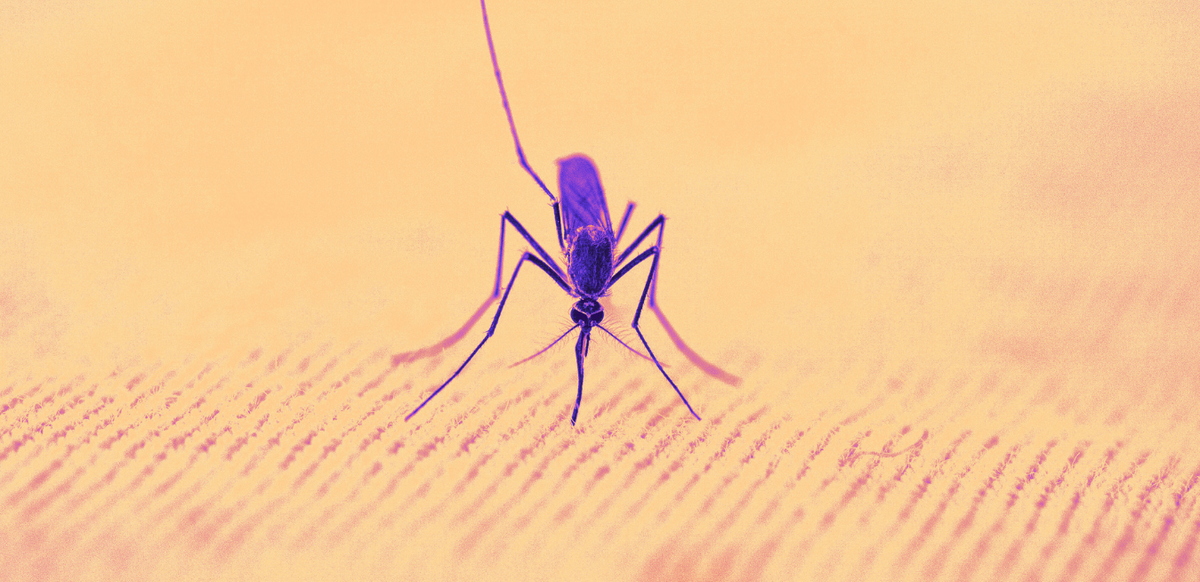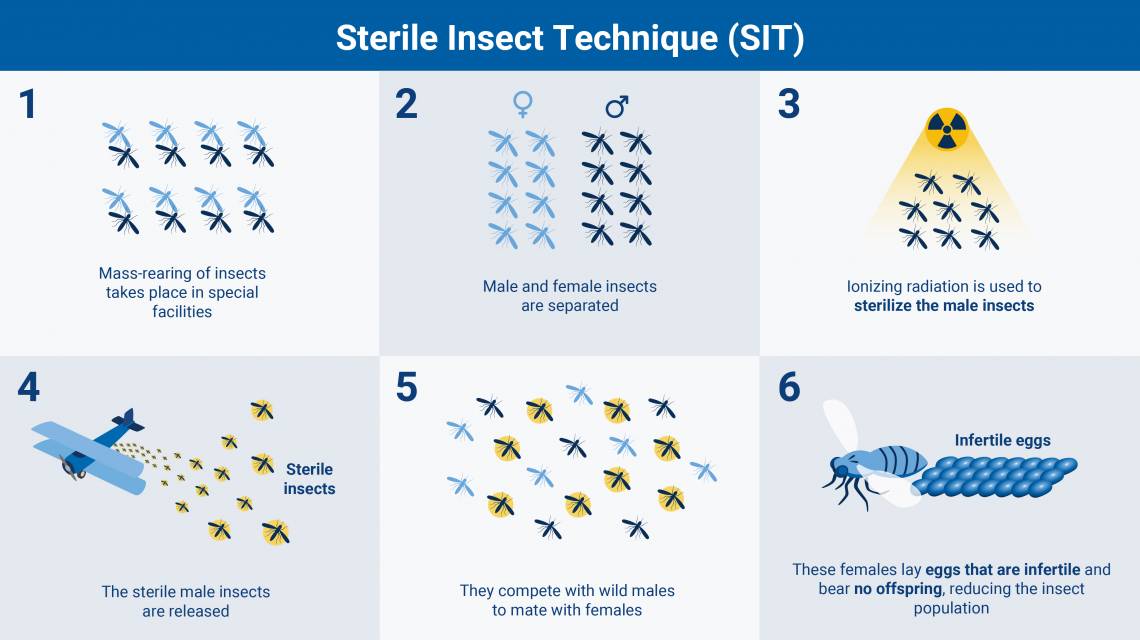How the IAEA uses nuclear technology to control insect pests

The International Atomic Energy Agency (IAEA) is often mentioned in the context of nuclear safeguards, especially when it comes to countries like Iran, and North Korea, or on the JCPOA, commonly known as the Iran nuclear deal. The Agency is however also very much involved in civilian applications of nuclear technology. It has been on the forefront in assisting its member states in using nuclear tech to address health, energy, and water issues, amongst others.
One interesting use of nuclear technology by the IAEA is the Sterile Insect Technique (SIT), a technique which was invented in the USA around 60 years ago. SIT allows for population control of insect pests such as fruit flies, tsetse fly, screw worm, moths, and mosquitoes, that destroy crops and livestock, and in the process undermine international trade and food security in several countries. In 2021, the Food and Agriculture Organization estimated that insect pests destroy up to 40 percent of global crops and cost $220 billion of losses.
The IAEA researches and develops various applications of this technique in its laboratories at Seibersdorf, Austria. It then shares its knowledge and expertise with member states through the Joint FAO/IAEA Centre of Nuclear Techniques in Food and Agriculture, as well as the Agency's own technical cooperation projects, making sure that this is applied where needed.
How does the Sterile Insect Technique work?
In SIT, ionized radiation, which is when "an electron is given enough energy to break away from an atom", is used to sterilise a large number of male insects in a laboratory, where they have been reared. The insects are then released into the wild population, allowing them to mate with female insects which lay eggs but bear no offspring.

This technique is different from the traditional biological control of insect pests, which usually involves introducing non-native biological control agents. SIT is an eco-friendly technique since the sterile insects do not self-replicate and establish themselves in the ecosystem, while breaking the pest's reproductive cycle, leading to population decline over time.
The IAEA's Technical Cooperation Programme has successfully implemented this technique in numerous Member States, benefitting from the Agency's research. Through Sterile Insect Technique (SIT), these members have achieved significant agricultural improvements. Panama and Argentina, for instance, have increased their fruit and vegetable exports. In Senegal, the technique has protected imported cattle breeds that produce ten times more milk than local breeds. The cattle were previously vulnerable to tsetse fly attacks, which had led to reduced milk and meat production.



